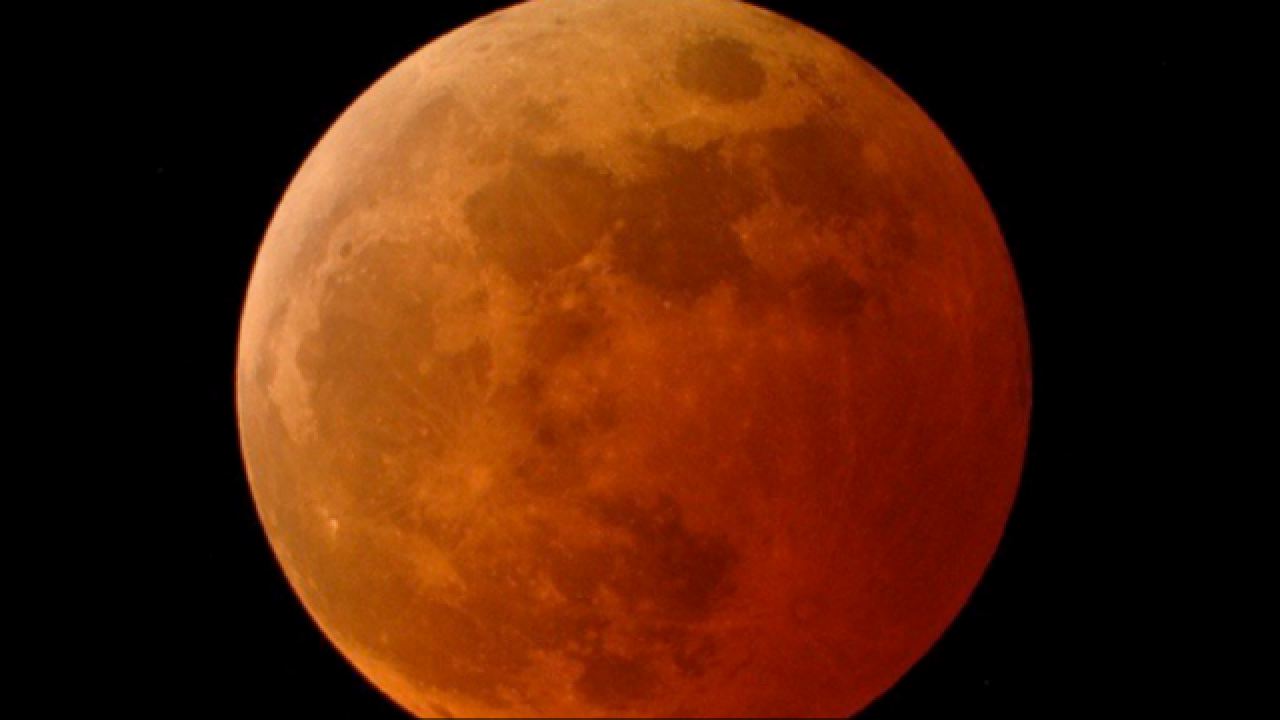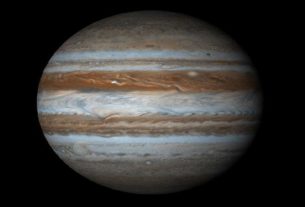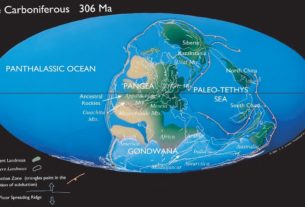The 21st century’s longest total lunar shroud enchanted sky watchers around the world on Friday 27 July. This long-lasting 1 hour and 43 minutes eclipse checked in only 4 minutes shorter than the longest possible such occasion computed by astronomers. The term lets watchers from around the world view the marvel, with sky watchers gathering at observatories over the totality zone and those with unfortunate geography tuning in to live streams.
What’s amazing in this lunar eclipse?
That’s the long eclipse. The aggregate period of the lunar, each time enduring 1 hour and 6 minutes. The blood moon July 27-28, 2018 – the moon spends almost 4 hours crossing the Earth’s dull umbra shadow. Earth’s natural satellite turned a striking shade of red or rosy dark colored. During this time where light from the Moon was completely clouded, gone on for 60 minutes, 43 minutes. In any event part of the eclipse was visible from Europe, the Middle East, Africa, Australia, the greater part of Asia and South America. The interesting story is, during the period this eclipse is to the planet “Mars” and its peak brightness as saw from the Earth.
What was the timing of this Eclipse?
The moon remained completely eclipsed until 5:13 p.m. EDT (2113 GMT), with the eclipse at its most noteworthy at 4:21 p.m. EDT (2021 GMT). The occasion formally finished at 7:28 p.m. EDT (2328 GMT), when the moon completely left Earth’s shadow.
Which region missed out?
The bad news for North America. This time, North American people missed out this opportunity because the fullest eclipse was visible from Europe, The Middle East, Russia, and much of Asia and Australia. But according to the NASA, the next eclipse will be held on January 2019.




